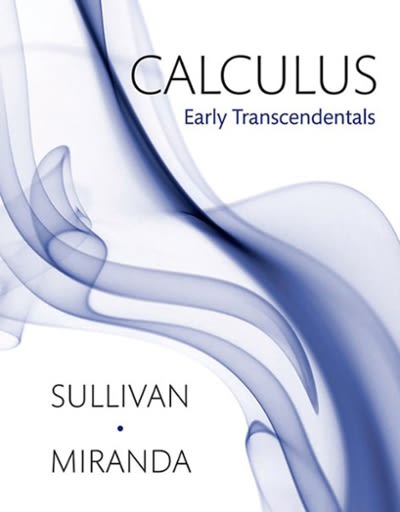Question
Part Two (Use the SPSS DataAnalysisFIU#2PrimacyFall.sav data set for this section). Imagine we alter the design a bit. First, in terms of trait order, we
Part Two (Use the SPSS DataAnalysisFIU#2PrimacyFall.sav data set for this section).
Imagine we alter the design a bit. First, in terms of trait order, we focus only on the positive and the negative trait order conditions (dropping the neutral condition). Second, after doing some research that shows that being in a good mood often facilitates the primacy effect while being in a bad mood negates the effect, we alter the mood of the participant (good mood versus bad mood). The dependent variables remain the same, though we add a new manipulation check questions that asks participants to rate their own mood (I am in a good mood versus I am in a bad mood). Using this new design, answer the following questions.
5). What is/are the independent variable(s) in this study, and how many levels are there to each? (.5 points)
A. IV#1: Trait order manipulation, two levels (Negative versus Positive) - IV #2: Participant Mood, two levels (Good mood versus Bad mood).
B. IV#1: Trait order manipulation, three levels (Negative versus Positive versus Neutral) - IV #2: Participant Mood, two levels (Good mood versus Bad mood).
C. IV#1: Trait order manipulation, three levels (Negative versus Positive versus Neutral) - IV #2: Participant Mood, three levels (Good mood versus Bad mood versus Neutral mood).
D. IV#1: Trait order manipulation, two levels (Negative versus Positive) - IV #2: Participant Mood, three levels (Good mood versus Bad mood versus Neutral mood).
6). Consider all of the possible main effects and interactions for this study. Use the SPSS file named DataAnalysisFIU#2PrimacyFall.sav to run a 2 X 2 ANOVA (I will let YOU figure out which dependent variable to use for this!). Choose the option below that best describes the outcome. (.5 points)
A. There are two significant main effects and a significant interaction
B. There is one significant main effect, one non-significant main effect, and a significant interaction C. There is one significant main effect, one non-significant main effect, and no significant interaction D. There are two significant main effects but there is no significant interaction
Step by Step Solution
There are 3 Steps involved in it
Step: 1

Get Instant Access to Expert-Tailored Solutions
See step-by-step solutions with expert insights and AI powered tools for academic success
Step: 2

Step: 3

Ace Your Homework with AI
Get the answers you need in no time with our AI-driven, step-by-step assistance
Get Started


